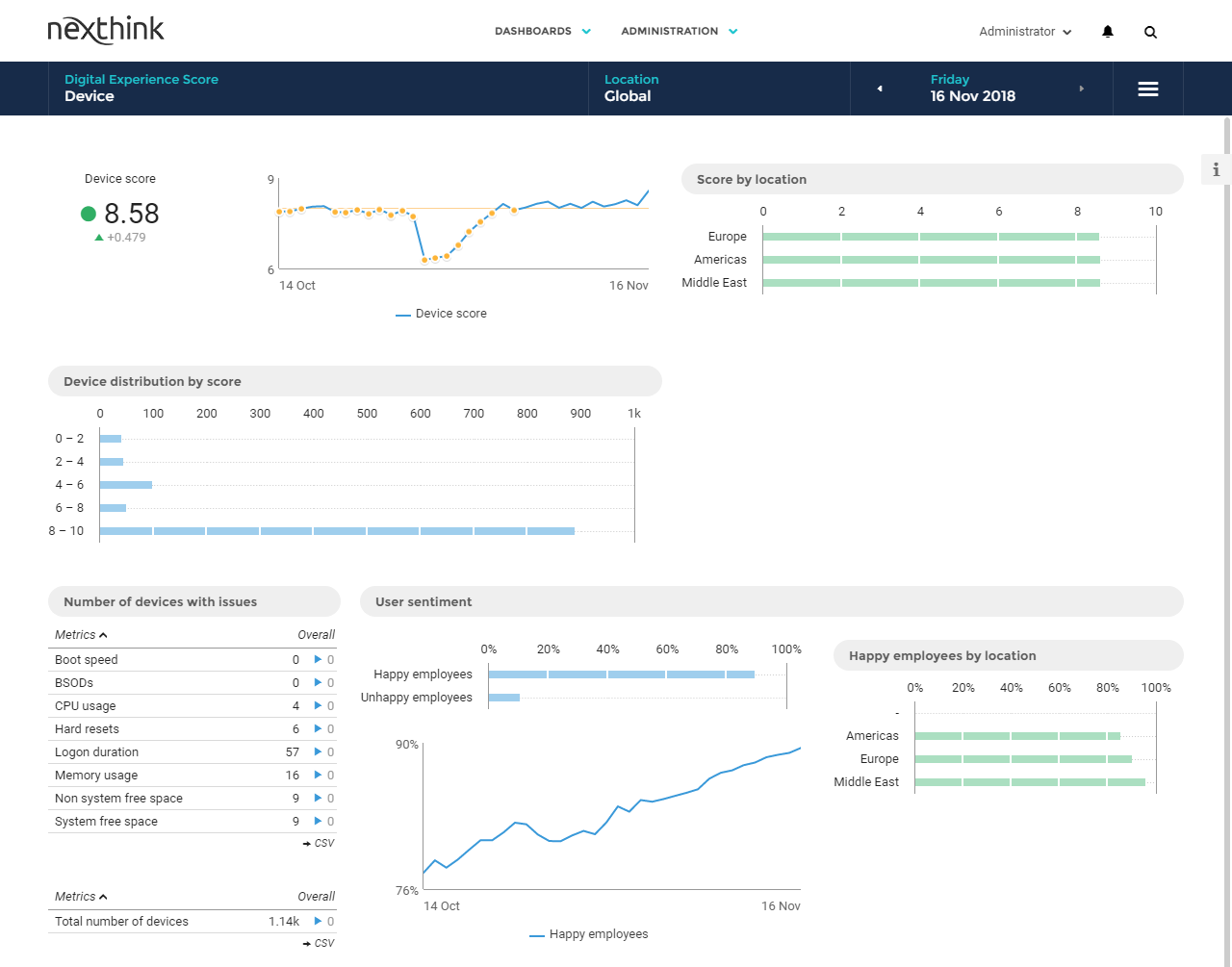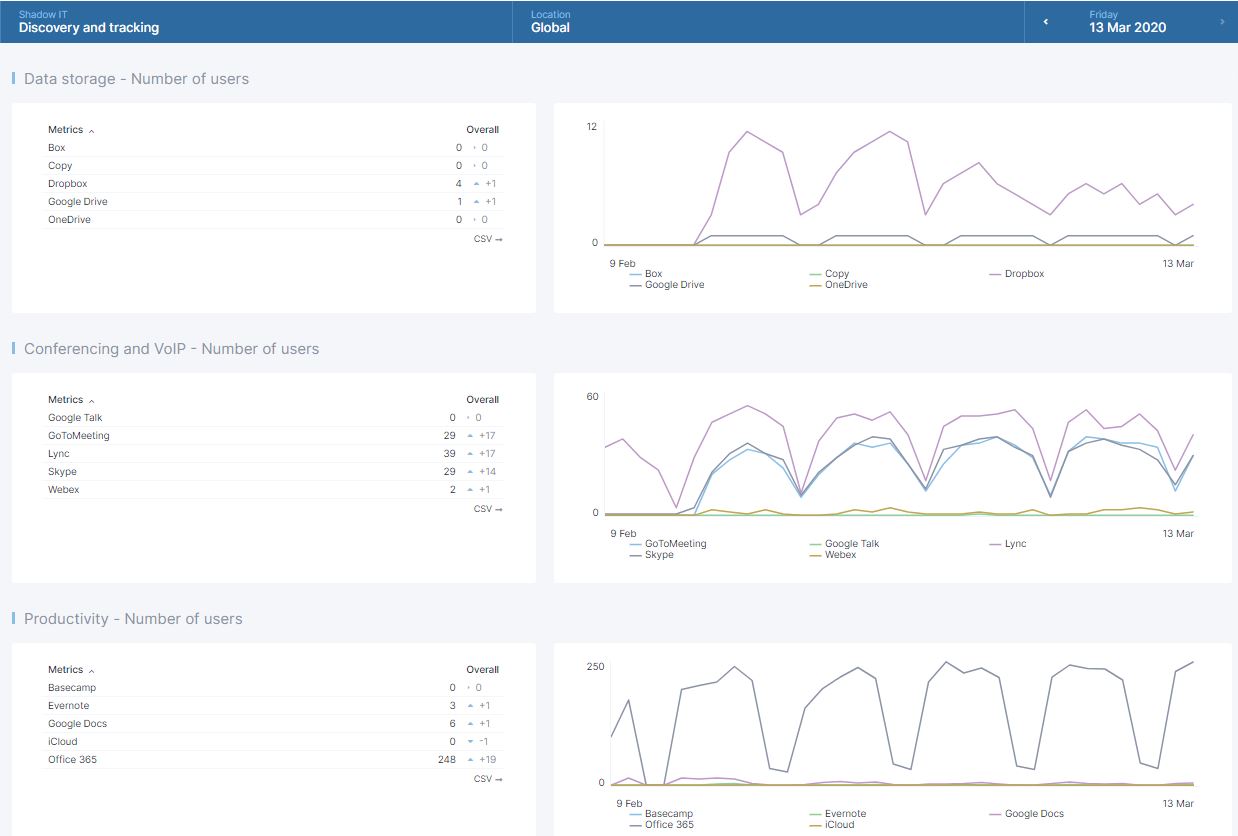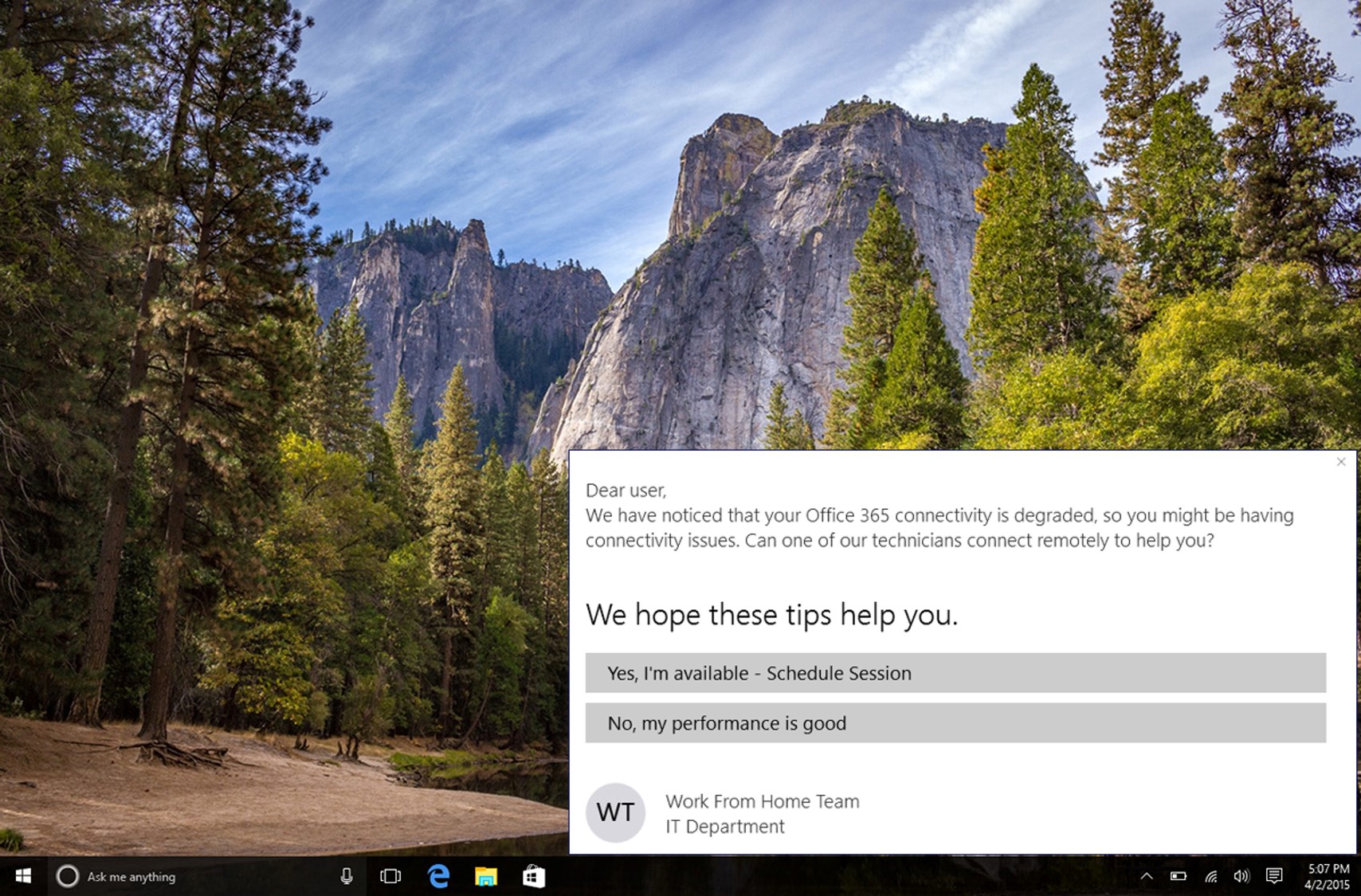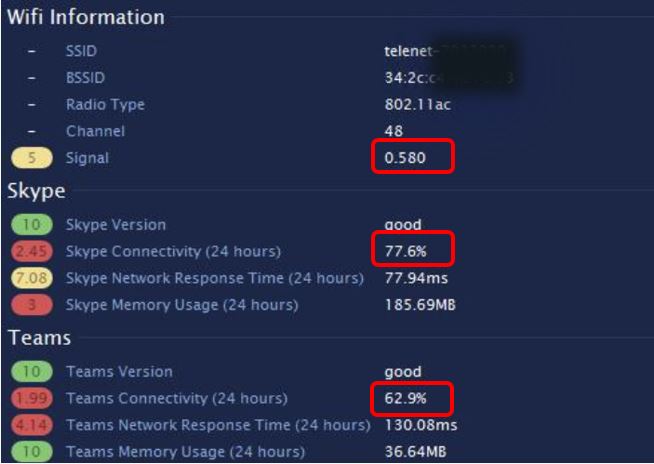The catchphrase “shadow IT” has always been a bit misleading in the world of tech support.
Is using Dropbox instead of Google Drive akin to committing some seedy act in a dark alleyway? Jokes aside, it seems tech support’s real problem has less to do with terminology and more to do with the way they approach shadow IT.
Their aim is often near-sighted because their tools hold them back. Most IT departments leverage asset management tools that can identify what applications and services run on a corporate system—a critical outcome, no doubt—but they cannot answer why employees choose certain apps over others.
And answering the why helps prevent companies from wasting millions on underutilized cloud services and shadow IT purchases made outside their enterprise IT shared services budgets.
Check out the Nexthink platform in action
Only seeing half the story isn’t good enough
There are plenty of asset management tools that can answer “what” applications your employees download and “how” they use them. For example, a strong asset tool can pinpoint SaaS subscriptions that perhaps were once popular at your company but are now underutilized, and IT can then use that knowledge to cancel those subscriptions and cut costs.
That’s an excellent short-term win. But what if those same users stopped using that SaaS tool not because they didn’t like it but because they couldn’t figure how to upgrade to a newer version?
Or imagine this: what if IT continued to upgrade a particular business tool that they deemed “essential” to the company’s technology stack, but in reality, was wildly unpopular among employees?
The problem with asset management tools is that they only tell half of the story that’s going on in a company’s digital environment.
“
We discovered over 1/3 of employees were using shadow IT tools, and we had no idea why so many struggled with MS Teams.
End User Experience Director
North American manufacturing company
These tools cannot reveal whether staff need different applications to complete their work, or whether employees lack the training to properly use their existing apps, or whether the poor performance of a Zoom call is due to the application itself or that user’s home Wi-Fi router.
Simple asset discovery and usage tools could save money up front, but they could also cost businesses more over the long term—if IT simply cancels subscriptions without factoring end user experience data, they could be forcing their workers to use tools they hate, and productivity will inevitably fade.
There’s a conflict at play here that these tools cannot quell. Employees naturally gravitate towards any non-approved app or service that can make their work lives easier. Yet, IT cannot just stand idly by—they too have an interest in safeguarding users from malware, viruses, and a whole host of computing issues that typically emanate from non-approved tools.
But perhaps there is a way to bridge the interests of both parties—a way that can give IT complete visibility over their employees’ computing experiences and the ability to quickly automate fixes at scale. And for end users, there has to be a convenient way to share feedback on what tools they prefer and how they perceive their digital work environment.
How to find what works best for your employees
Using the Nexthink platform, our customers are bridging these two competing interests. Their IT support teams use Nexthink to analyze what tools (approved or non-approved) sit on their employees’ devices, and how those users experience their respective digital work environments (taken specifically from our onscreen employee feedback campaigns and comprehensive digital experience scoring dashboards).

An example of a digital experience dashboard (by device)

An example of one of our shadow IT dashboards
The data collected in our platform, equips IT with the ability to educate their employees (onsite or offsite) about their tools, when to connect or disconnect from their VPN, and how to complete an array of other end user tasks. In many cases, IT has used our platform to help shake up their tech stack and replace certain apps with tools that were once in the “shadows”.
Here’s what I mean:
One of our customers, a large North American manufacturing company, recently used our platform to discover that 35% of their remote workforce was actively using non-approved collaboration tools to hold meetings and share work documents.
At the time, their IT department had only recommended the use of MS Teams, but with Nexthink’s patented technology they discovered that employees across various departments were using a mix of Skype, Zoom, & WebEx—tools that were purchased outside their shared services budget.
Not only was this practice counterproductive for communication, but the use of Skype, Zoom and WebEx—three non-approved applications—left the company vulnerable to cyberattack and caused disruptive digital experiences for their workers. Hundreds of tickets were raised by employees, complaining of blurry video calls, slow connection times and device lags. And from IT’s perspective, both their L1 and L2 support lines were seeing erratic traffic spikes in their VPN and bandwidth issues that couldn’t be pinned down.
Who’s to blame?
The issue wasn’t that Skype, Zoom and Webex were inferior tools—our platform later revealed that each registered fast connectivity and above average digital performance scores—no, the real problem was that IT’s attention was limited only to Teams (among other responsibilities). This meant that any performance issues that sprung up in one of the other three non-approved tools would continuously run unchecked before a larger problem would tax the entire network.
Without complete end to end device monitoring, these issues remained hidden from IT until a user would raise a ticket.
Opening up Nexthink’s experience management platform, IT was able to quickly track every single activity taken on their employees’ devices. They had visibility over what applications their employees downloaded; what versions they used; how much data they generated; and a host of other critical endpoint information.
In particular, IT uncovered that most of their company devices registered strong Skype experience scores and that employees favored this tool even if they hadn’t installed it! Taking those two factors into account, IT decided to add Skype to their official technology stack.
IT also discovered from our experience dashboards, that many remote workers registered poor Teams experiences, not for fault of the application, but because those devices were working under older office 365 licenses.
In just a few clicks, their team was able to drill-down to these users and send a targeted on-screen campaign to connect remotely and quickly get them up and running.

Moving forward, this customer’s IT department is using our platform to rectify any performance issues with Skype or Teams (dropped calls, network latency, etc.) by sending targeted campaigns to users that offer practical tips to improve their experience.
For example, a week after deploying Skype, some users experienced a sudden drop in connectivity. With Nexthink’s alert system, IT was immediately notified and they were able to quickly identify that the drop came from a weak Wi-Fi signal and not the Zoom application. In just a few clicks, IT then sent out a Nexthink on-screen message to those affected users, instructing them to move closer to their routers.

Poor Skype and Teams performance was attributed to a weak Wi-Fi signal
Understanding the why can put your IT team ahead
With millions of employees in a “work from anywhere” model, you can guarantee many remote end users are using non-approved apps and services. It’s up to technology support then to see the full picture and learn from their employees’ perspectives.
IT can aim higher and understand why their employees choose certain tools over others and still keep their company secure and employees happy and productive.
Tech support just needs the right platform to show them that sometimes they can learn from their employees’ shadow IT tools and use that knowledge to advance their business.
Nexthink is helping several enterprise tech teams solve their most demanding remote work problems. We’re here to advance the Digital Employee Experience, whether people work from home or the office.
Have Questions? Contact Us
Interested in seeing how our Remote Worker Experience library pack works? Watch Our Demos
Related posts:
- The Ultimate List of Digital Employee Experience Job Titles
- How IT Can Enable Smooth Digital Collaboration | Engagement and Automation
- 7 Remote Work Problems IT Solved With Nexthink
- Slack’s Latest Outage – How Did Your IT Team Respond?